Cannabis Grow Lights: Which Light Is Best for Growing Cannabis?
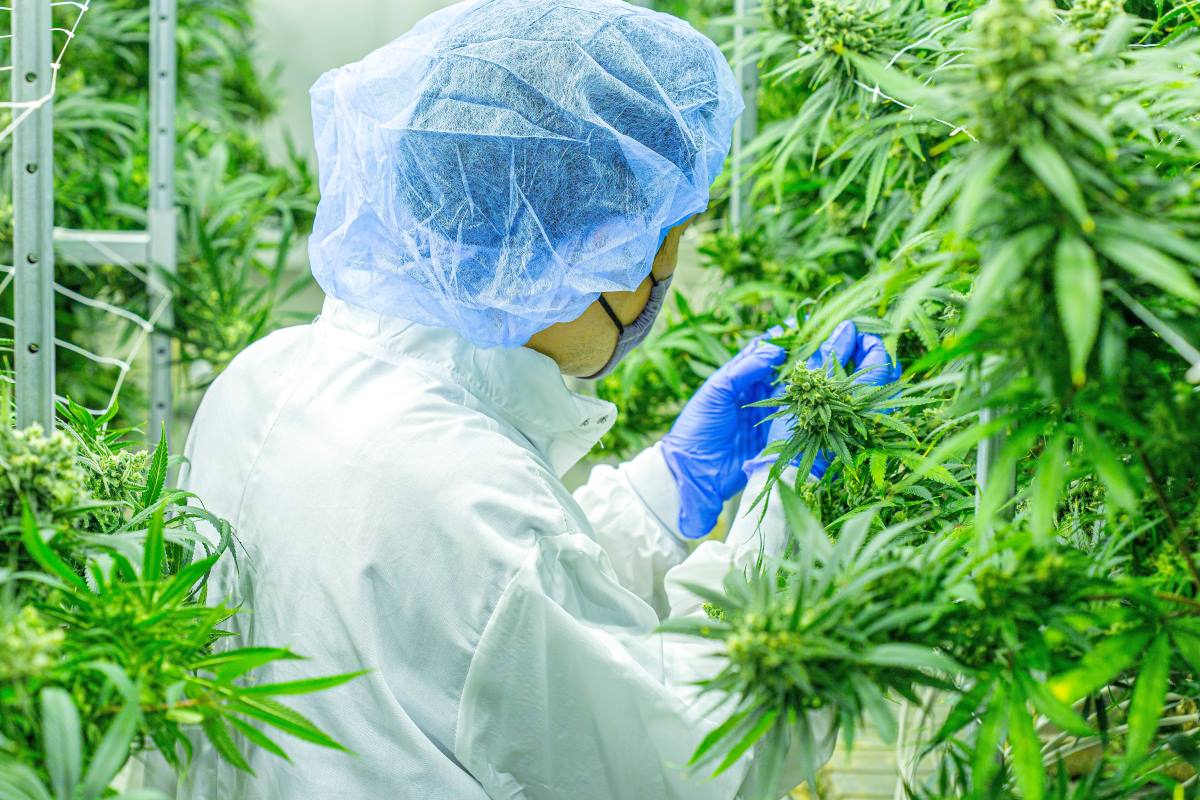
Cannabis Grow Light Introduction
The global cannabis industry is booming, with more countries legalizing cannabis cultivation for medical and recreational use.This growth has spurred innovation in cultivation techniques, especially for indoor growers seeking year-round production and high-quality yields.
Among the essential tools for successful cultivation is the cannabis grow light, which replicates sunlight and provides plants with the light spectrum and intensity they need to thrive.Selecting the best grow light for cannabis is critical, as it directly affects plant growth, yield, potency, and quality.
In this comprehensive guide, we will delve into why grow lights are indispensable, how to select the right one, proper setup techniques, and the top 5 best grow lights for cannabis.
- Why Use Grow Lights for Cannabis?
- What Type of Grow Light is Best for Cannabis?
- Cannabis Grow Light Setup and Installation
- Top 5 Best Grow Lights for Cannabis
Why Use Grow Lights for Cannabis?
The Importance of Grow Lights in Cannabis Cultivation
Cannabis plants rely on photosynthesis to convert light into energy, which fuels their growth and development. In outdoor settings, sunlight provides the ideal spectrum for photosynthesis. However, indoor cultivation requires growers to mimic this natural light using artificial sources. A cannabis grow light enables growers to:
1. Extend Growing Seasons:
Cannabis cultivation is highly lucrative due to its growing demand in medical and recreational markets.
However, outdoor growers face seasonal limitations that restrict production to a few harvests per year. By using grow lights, indoor cultivation allows for continuous, year-round harvesting, ensuring a steady supply of this high-value crop.
This not only maximizes profits but also helps meet the increasing global demand for cannabis products.
2. Optimize Spectrums:
Cannabis plants require different light wavelengths for each growth stage. During the vegetative phase, blue light (400–500 nm) promotes leaf and stem development, while red light (600–700 nm) is essential for flowering and bud formation.
Tailoring the light spectrum to these needs maximizes photosynthesis and ensures healthy plant growth. Additionally, achieving the optimal light intensity, measured as PPFD (Photosynthetic Photon Flux Density), is equally critical for plant productivity.
While spectrum and intensity work hand-in-hand, more detailed insights into PPFD and how to balance these factors for cannabis will be discussed in the following sections.
 Image source: Herebutnot
Image source: Herebutnot
3. Boost Cannabinoid Production:
Proper lighting plays a crucial role in enhancing the production of cannabinoids like THC (tetrahydrocannabinol) and CBD (cannabidiol), which directly determine the potency and therapeutic quality of cannabis.
Different light spectrums and intensities can influence how cannabis plants synthesize these compounds. For instance, increased red light during the flowering stage has been shown to boost THC levels, while balanced full-spectrum lighting supports overall cannabinoid profiles.
These effects highlight the importance of tailoring grow light settings to achieve specific cultivation goals.
4. Reduce Risks:
Outdoor cannabis cultivation heavily depends on sunlight, which is often inconsistent and affected by unpredictable weather conditions like storms or prolonged rain.
This can disrupt the plants’ light cycle and negatively impact their growth and yield. By using grow lights, growers can ensure a consistent and tailored light schedule, eliminating the risks associated with fluctuating sunlight.
—
Moreover, grow lights allow cannabis to be cultivated in controlled indoor environments, reducing exposure to pests and diseases that thrive in outdoor conditions.
The ability to regulate the light spectrum and intensity ensures plants receive optimal conditions for photosynthesis, further minimizing stress and maximizing their health. This makes grow lights an indispensable tool for reliable, high-quality cannabis cultivation.
Can Any LED Light Be Used for Cannabis?
Not all LED lights are suitable for cannabis cultivation. Standard household LEDs may provide general illumination but lack the necessary intensity and spectrum for effective plant growth. Specialized grow lights for cannabis are designed to:
- Deliver full-spectrum light, including blue and red wavelengths.
- Provide sufficient intensity to penetrate plant canopies and stimulate all parts of the plant.
- Offer adjustable features for fine-tuning intensity and spectrum based on growth stages.
What Type of Grow Light is Best for Cannabis?
Choosing the best grow light for cannabis depends on various factors, including your grow area, budget, and production goals. Below are the main types of grow lights, their pros and cons, and ideal applications.
Types of Grow Lights:
1. Fluorescent Lights
Fluorescent lights, such as T5 and CFL bulbs, are cost-effective options for small-scale growers or beginners.
Advantages:
-
- Affordable and energy-efficient.
- Emit low heat, reducing the risk of plant stress.
Disadvantages:
-
- Limited intensity, making them unsuitable for flowering stages.
Best For:
Early-stage growth, such as seedlings and clones, or small-scale operations under regulated conditions.
2. HID Lights (High-Intensity Discharge)
HID lights, including Metal Halide (MH) and High-Pressure Sodium (HPS) bulbs, have long been a favorite among commercial growers.
Advantages:
-
- High-intensity light output.
- Proven effectiveness for both vegetative and flowering stages.
Disadvantages:
-
- High energy consumption and heat generation.
- Require ventilation systems to manage heat.
Best For:
Large-scale commercial operations.
3. LED Grow Lights
LEDs are the most advanced and versatile grow lights available today, offering unparalleled control over light spectrum and intensity.
Advantages:
-
- Energy-efficient and long-lasting, significantly reducing electricity and maintenance costs.
- Customizable spectrum for vegetative and flowering stages, allowing growers to fine-tune lighting for specific strains and growth phases.
- Minimal heat output, reducing the need for extensive cooling systems and lowering operating costs.
Disadvantages:
-
- Higher initial cost compared to other light types.
Best For:
Commercial-scale cannabis indoor farms and professional growers seeking maximum efficiency, control, and long-term cost savings.
Cost Comparison Across Light Types
While HID lights and fluorescent lights often have a lower upfront cost compared to LED systems, their long-term operating costs—such as higher energy consumption, heat management, and frequent bulb replacements—make them less cost-effective over time. LEDs, despite their higher initial investment, offer significant savings through energy efficiency, longer lifespan, and reduced maintenance, making them a popular choice for many growers in the long run.
Key Considerations When Choosing a Grow Light
1. Wattage
The size of your grow space determines the wattage required. For example:
-
- A 4×4 ft grow area typically requires a 600W LED light.
- Larger spaces may require multiple lights to achieve uniform coverage.
2. Spectrum
Full-spectrum lights are essential for cannabis cultivation. Advanced LEDs may also include UV and infrared light, which can enhance resin production and overall plant health.
3. PPFD (Photosynthetic Photon Flux Density)
PPFD measures light intensity. Ideal ranges are:
-
- 400–600 μmol/m²/s for vegetative stages.
- 600–900 μmol/m²/s for flowering stages.
4. Durability and Heat Management
Quality grow lights feature advanced cooling systems (e.g., heat sinks or built-in fans) to ensure safe operation and longevity.
Cannabis Grow Light Setup and Installation
1. Placement
Position lights directly above the plant canopy to ensure even light distribution. Adjustable fixtures are recommended for easy height adjustments as plants grow.
2. Distance Guidelines
-
- Seedlings: 24–36 inches to prevent stress from excessive light.
- Vegetative Stage: 18–24 inches for optimal growth.
- Flowering Stage: 12–18 inches for maximum light intensity.
3. Calculating the Number of Lights Needed
Instead of using lumens, cannabis growers should focus on PPFD (μmol/m²/s) to calculate the number of grow lights required for optimal photosynthesis. Here’s how to determine the appropriate number of lights:
Step 1: Determine the Total PPFD Requirement
Cannabis requires specific PPFD levels depending on its growth stage:
-
- Vegetative Stage: 400–600 μmol/m²/s.
- Flowering Stage: 600–900 μmol/m²/s.
For a 100 sq. ft. grow space, the total PPFD requirement is calculated by multiplying the PPFD target by the grow area:
-
- Example: 600μmol/m²/s×9.29m²(100 sq. ft.)=5,574μmol/s
Step 2: Match Lights to PPFD Output
Modern grow lights specify their total PPFD output and the coverage area. For example:
-
- A high-quality 600W LED grow light typically provides 2,000–2,200 μmol/s.
- Number of lights needed: 5,574μmol/s÷2,200μmol/s/light≈3lights
Step 3: Adjust for Efficiency and Layout
Consider factors like light overlap and efficiency when planning:
-
- Uniformly distribute lights to cover the entire grow area.
- Adjust light height and distance to achieve even PPFD distribution.
Why Use PPFD Instead of Lumens?
Lumens measure brightness perceived by humans, which is not directly related to plant growth. PPFD, on the other hand, quantifies the amount of light available for photosynthesis, making it the standard metric for horticulture.
Top 5 Best Grow Lights for Cannabis
1. Valoya’s AP67 and NS12 spectra
- Best For: Micropropagation and tissue culture
Valoya’s AP67 and NS12 spectra are specifically designed to meet the precise needs of in vitro cannabis growth, including micropropagation and tissue culture. These features make them an excellent choice for producing healthy clones.
1. Rooting and Shoot Development:
-
- AP67 spectrum enhances rooting, which is crucial for establishing strong plants during the early stages.
- NS12 spectrum promotes healthy and elongated shoots, ensuring robust growth during the multiplication phase.
2. Low-Intensity Operation:
These spectra operate efficiently at 30 μmol/m²/s, delivering just the right amount of light to prevent stress and maintain optimal development in tissue culture environments.
3. Proven Results:
Research with hemp-type Cannabis sativa has shown superior rooting rates under AP67 and the highest shoot multiplication rates with NS12 in controlled environments.
4. White Light for Inspection:
The NS12 spectrum includes white light, enabling growers to monitor plant health visually, identify discoloration, and maintain a clean propagation environment.
By combining these spectra, growers can achieve optimal results in tissue culture and scale up production with consistent quality.
2. Arianetech HEGL Series (6th Generation)
- Best For: Large-scale operations
The HEGL Series by Arianetech is designed to optimize photosynthesis in high-volume grow environments, making it ideal for commercial cannabis cultivation.
1. Red-Blue Light Spectrum:
This series combines a carefully calibrated red and blue light spectrum, which enhances photosynthesis efficiency, particularly during vegetative and flowering stages.
2. High Efficiency for Large Spaces:
The HEGL Series delivers uniform light distribution across large grow areas, ensuring that all plants receive adequate light intensity without hotspots.
3. 6th-Generation Innovation:
Improved design includes enhanced durability, energy efficiency, and heat dissipation, tailored to meet the demands of industrial-scale cannabis operations.
3. Red Horticulture RED T
- Best For: Maximizing THC potency
The RED T by Red Horticulture is specifically engineered for flowering cannabis plants, where maximizing THC production is the primary goal.
1. Unique Red Spectrum:
The RED T lights feature a red-dominant spectrum, optimized for the flowering stage. This spectrum stimulates resin production, leading to higher THC levels and enhanced bud quality.
2. Tested Potency:
Studies and grower reports consistently show that cannabis grown under RED T lights produces measurably higher THC levels compared to other lighting systems.
3. Ideal for Flowering:
While effective throughout the plant’s life cycle, the true value of RED T lies in its ability to boost cannabinoid production during flowering.
4. Spider Farmer SF-4000
- Best For: Large grow areas.
The Spider Farmer SF-4000 is a versatile LED grow light, popular among commercial and advanced growers for its high efficiency and performance in larger setups.
1. High PPFD Output:
With a powerful PPFD of up to 1,200 μmol/m²/s, the SF-4000 ensures that cannabis plants receive optimal light intensity for both vegetative and flowering stages.
2. Energy Efficiency:
Operating at 450W, the SF-4000 offers exceptional energy savings while maintaining performance comparable to traditional 600W HID systems.
3. Even Light Distribution:
Its rectangular design ensures uniform light coverage across a 4×4 ft grow area, reducing shading and increasing yield potential.
5. HLG 300L R-Spec Quantum Board
- Best For: Small to medium setups.
The HLG 300L R-Spec Quantum Board is a compact, high-performance LED light perfect for growers with limited space.
1. Adjustable Spectrum:
The R-Spec design includes a tunable spectrum, balancing red and blue wavelengths for all growth stages. This adaptability ensures healthy vegetative growth and potent flowering.
2. Energy-Efficient Power:
Consuming just 270W at full power, the HLG 300L is ideal for small grow tents or spaces, offering significant energy savings compared to traditional systems.
3. High Yield Potential:
Despite its compact size, this light delivers excellent yields, making it a reliable option for maximizing output in small or medium grow operations.
Conclusion
Choosing the best grow lights for cannabis is crucial for maximizing plant growth, yield, and potency, especially in today’s expanding and competitive cannabis industry. Whether you’re focused on tissue culture, large-scale commercial operations, or THC optimization, the right grow light can make all the difference.
As detailed in this guide, each type of grow light—fluorescent, HID, and LED—has its unique strengths, but LED grow lights stand out for their energy efficiency, long-term cost savings, and versatility.
Among the top 5 best grow lights for cannabis, Valoya’s AP67 and NS12 spectra are perfect for micropropagation, while the Arianetech HEGL Series and Spider Farmer SF-4000 excel in large-scale operations. For those prioritizing THC potency, the Red Horticulture R-Spec Series offers unmatched performance.
Ultimately, the best grow lights for cannabis depend on your specific cultivation goals, whether it’s increasing yield, enhancing cannabinoid production, or achieving consistent quality. By understanding your grow space, plant needs, and budget, you can make an informed choice to ensure successful cannabis cultivation.
Related Posts:
Hot Product
Handbook Series
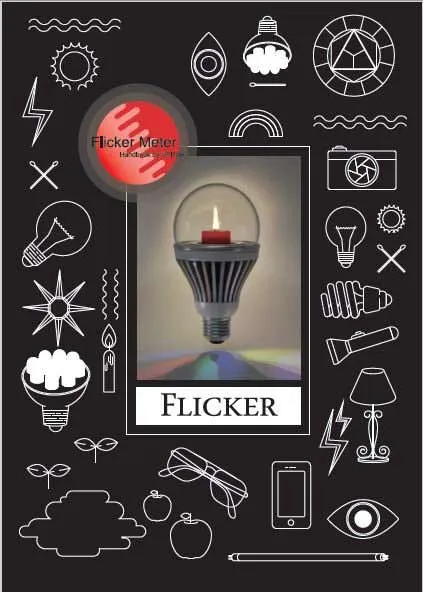
The Flicker Handbook
Everything thing you need to know about Flicker, an insidious, potentially serious lighting artifact impacting visual safety for public places like hospitals, offices, libraries, and more...
About UPRtek

United Power Research and Technology
UPRtek (est. 2010) is a manufacturer of portable, high-precision light measurement instruments; Handheld Spectrometers, PAR meters, Spectroradiometers, Light Calibration Solutions.
UPRtek HQ, R&D and manufacturing are all based out of Taiwan, with Worldwide representation through our certified Global Resellers.
Latest Articles
Category


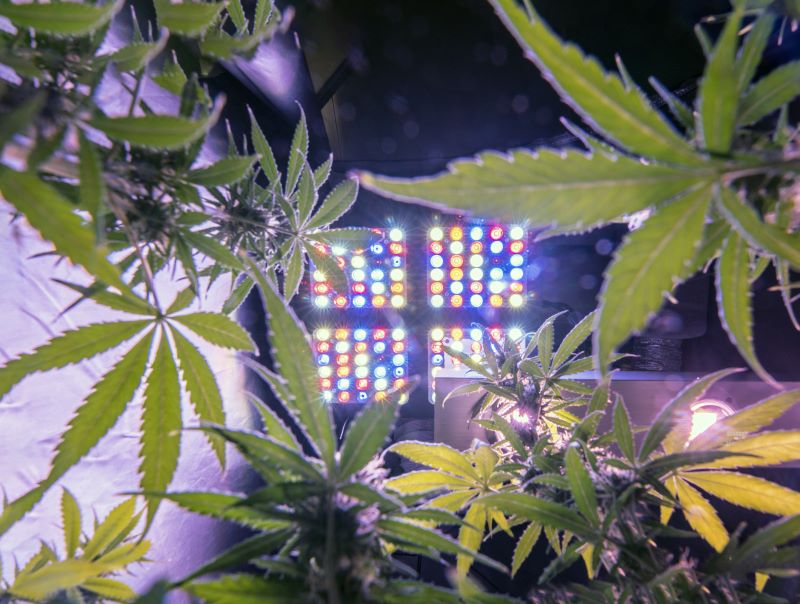
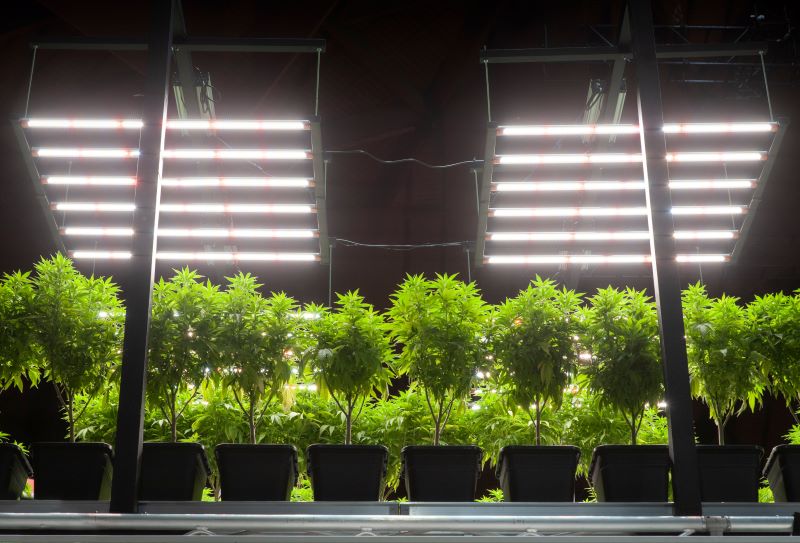








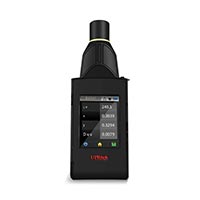

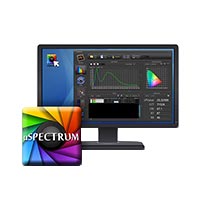
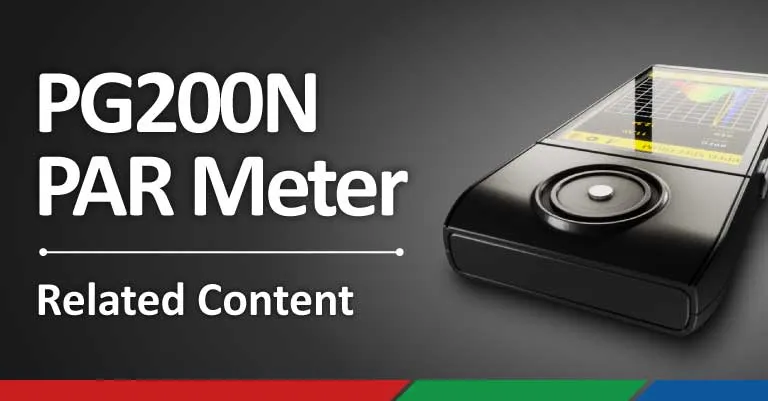
0 Comments